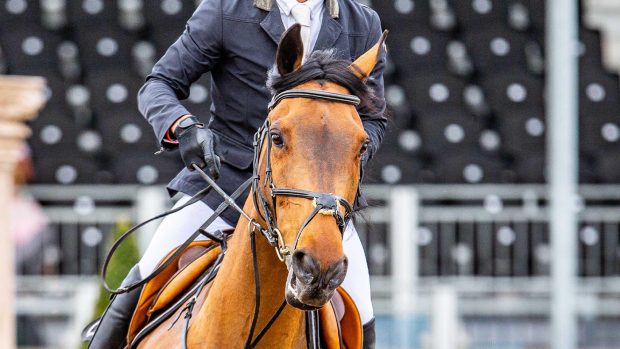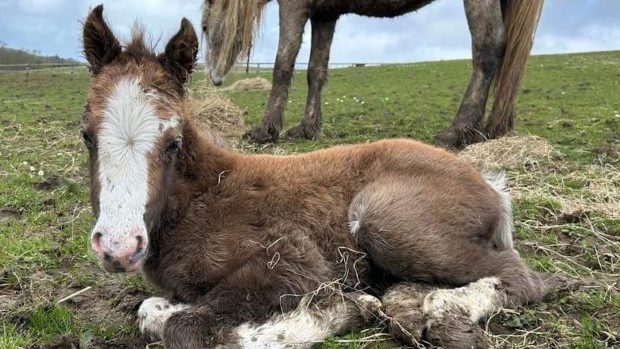Nosebands and bit type are only a “small part of the puzzle” when it comes to bridle fit – and more consideration should be given to the individual horse.
This was among the messages highlighted during the recent World Horse Welfare webinar, Bridle fit – why getting it right is so important (1 June). Vet and researcher Rachel Murray, of Rossdales Diagnostic Centre, and Society of Master Saddlers saddle and bridle fitter Di Fisher discussed why ensuring a bridle fits properly is so important for performance and horse welfare.
“I’m sure we are all really well aware how important saddle fit is for our horses, and what can happen if we continue to ride and train our horses with ill-fitting saddles, but the reality is many of us don’t place the same importance on correct bridle fit,” said World Horse Welfare chief executive Roly Owers, who hosted the webinar.
Dr Murray gave a presentation based on previous research around the importance of good bridle fit, the issues that can be caused when a bridle is unstable or sits on pressure points – and the importance of regular dental care.
“There have been concerns raised about nosebands and bits particularly in competition horses and this has led to the introduction of measurements of noseband tightness with national federations. This is based on a number of different areas of research; however, there has been little discussion about the rest of the bridle because the focus tended to be on the noseband,” said Dr Murray, who added that the noseband should not be thought of as a problem, but for its “positive role“ in stabilising the bridle.
“Noseband tightness and bit type are really important but they’re only a small part of the jigsaw, and it’s vitally important to consider the whole bridle. There are real opportunities now to use current knowledge to guide recommendations for bridle fit.”
Dr Murray discussed the various nerves and muscles in horses’ heads and that these affect many different structures throughout the body. She said the take-home message is “remembering the anatomy underneath the bridle”.
“If you get it right, your horse will perform better as well as feel better because you’re impacting the whole horse’s body,” she said.
Ms Fisher agreed with Rachel and encouraged owners to be aware of each individual horse’s conformation.
“Consider whether your horse has got enough room at the noseband, look at the headpiece and just look at the bridle to see if you can do anything to help your horse and give it a bit more comfort,” she said, adding that no two horses’ heads are the same shape and that one bridle will not fit every horse.
“Many manufacturers have changed the way they make their bridles – they have anatomical headpieces now and most of the cheaper brands have these, too. It’s a case of looking at the different bridles within your budget and trying to find one that is going to suit your horse’s anatomy.”
You might also be interested in:
Education key to changing views on tight nosebands

One in four horses’ bits don’t fit, research finds

Subscribe to Horse & Hound this spring for great savings
Horse & Hound magazine, out every Thursday, is packed with all the latest news and reports, as well as interviews, specials, nostalgia, vet and training advice. Find how you can enjoy the magazine delivered to your door every week, plus options to upgrade your subscription to access our online service that brings you breaking news and reports as well as other benefits.





